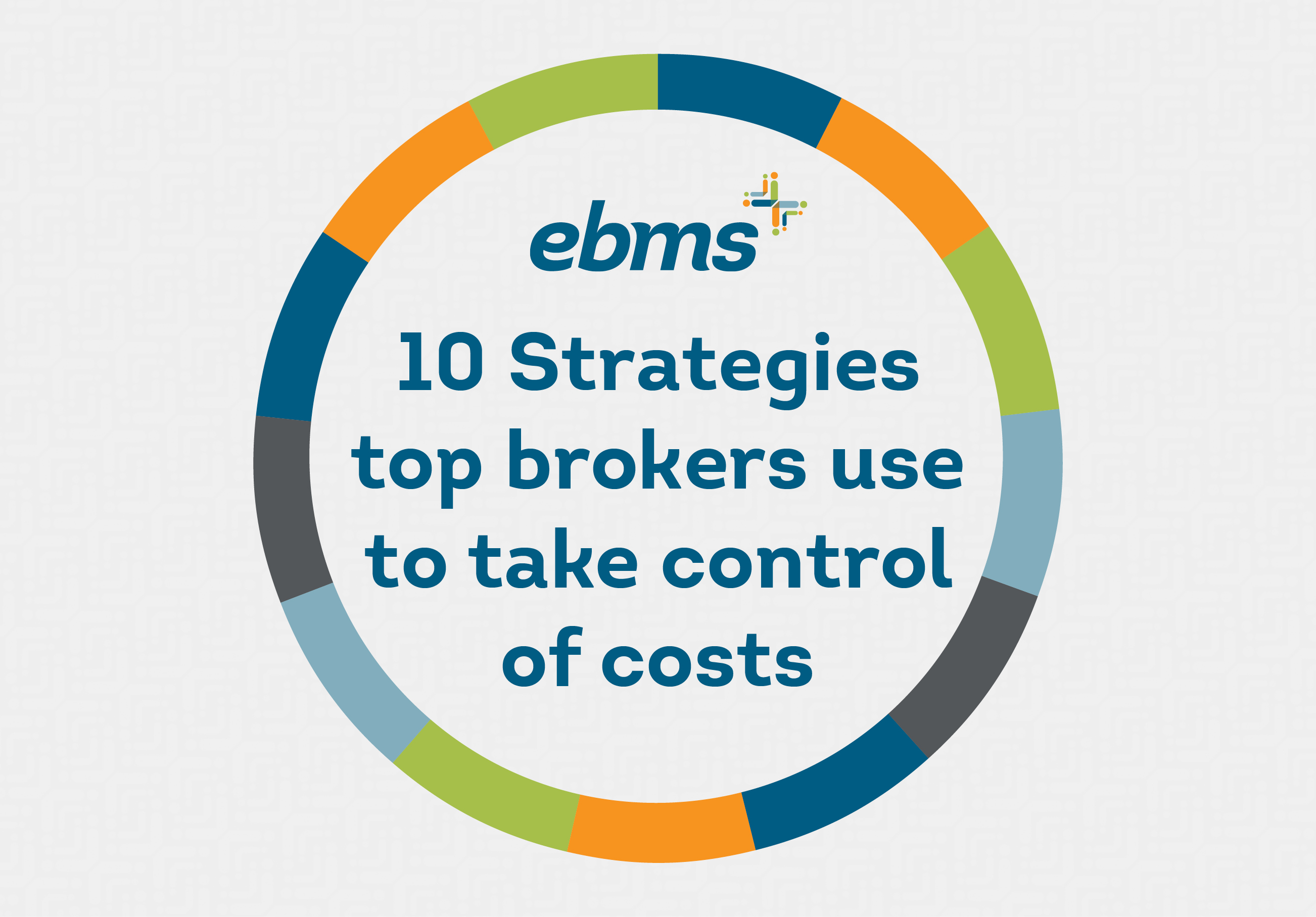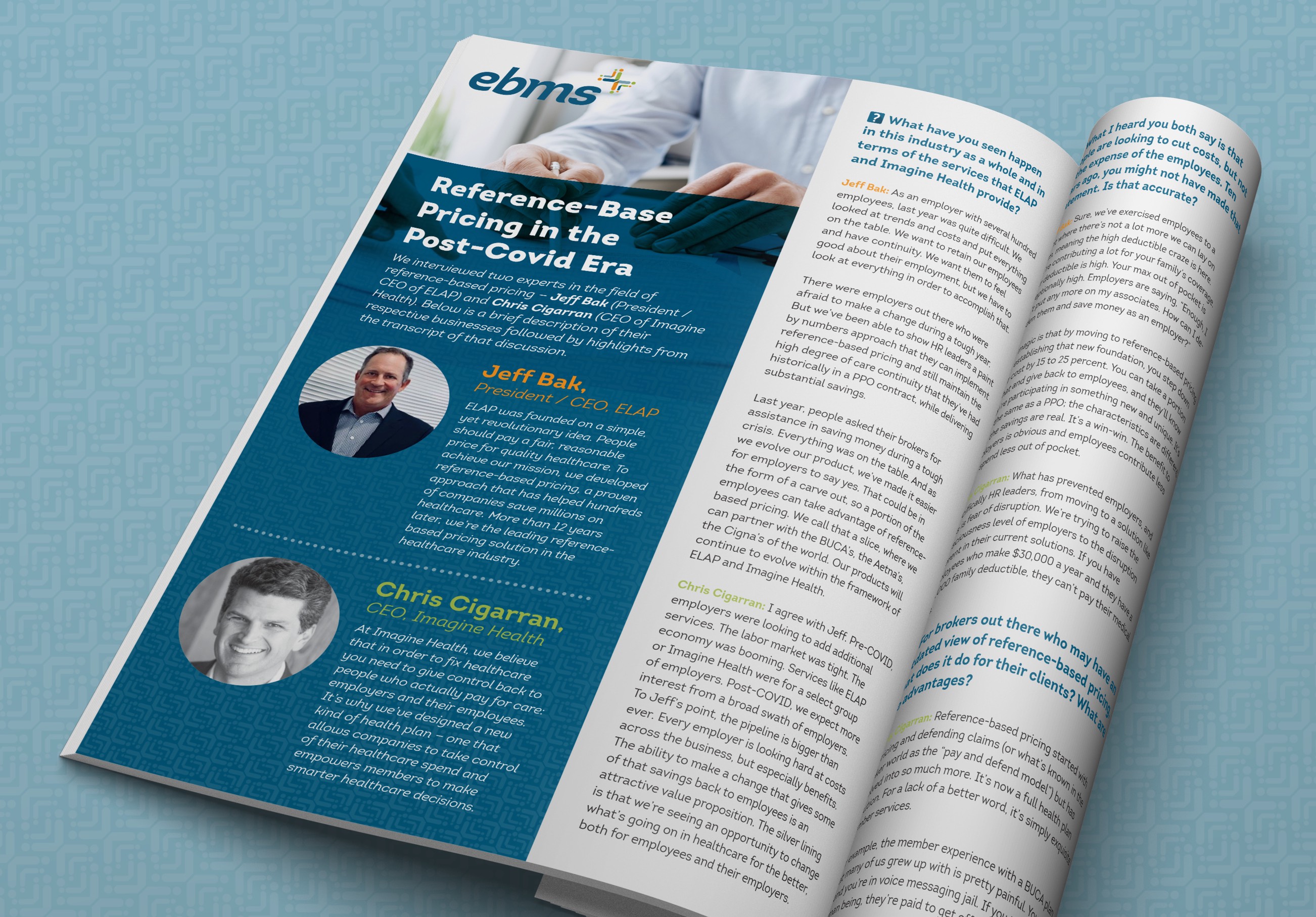Better Benefits Translate to Better Retention
August 28th, 2019

It’s no secret that health benefits are expensive. However, too many organizations focus entirely on the cost of the benefits, without considering the return on investment gained in terms of employee retention. Consider this:
- A survey by the Society of Human Resource Management (SHRM) found that a majority (56%) of workers said their satisfaction with the company health plan was a major factor in whether or not they’d stay in their job.
- Another survey, by the Employee Benefit Research Institute (EBRI) found a strong correlation between high-quality benefits and employee satisfaction and morale.
When you set your budget, try this little exercise: Weigh the cost of upgrading your benefit plan against the cost of employee turnover. For each employee you lose, how much do you spend on recruiting, on training a new hire, and on lost efficiency when you’re not operating at full staff? Strategic benefit design can help you offset some of those turnover costs.
What does it take to keep employees happy? Fortunately, there’s plenty of consumer research on workers want in a health plan.
The following elements can turn your health plan into a strategic tool to support recruitment and retention.
1. Comprehensive coverage. Survey respondents indicated they want coverage for prescriptions, preventive care, and emergency care. They don’t want to worry about certain costs not being covered or be forced to make treatment decisions based on what’s covered and what’s not.
2. Affordable coverage. When asked to name the main reason they are dissatisfied with their current plan, 82% of surveyed workers said cost. High deductibles and increased co-pays worry them. A whopping 71% said they fear they will be unable to afford care in the future.
3. Choice of providers. A third of those surveyed listed freedom of choice as a main concern. And 90 percent of consumers say the single most essential element of a quality healthcare system is the doctor-patient relationship.
4. Free preventive services. Nearly half (47%) of those surveyed said preventive care was the most important benefit to them. Consumers increasingly realize the role of preventive care in staying healthy and avoiding costs down the road – and they want their employers to be invested in their wellness.
5. They want guidance. In one survey, 18% of workers checked “too confusing” as a main source of dissatisfaction. Another study found that 44% of employees don’t feel confident about their benefits decisions. These numbers tell us that employers can better communicate how to use benefits, and be clear about what is covered and to what extent.
An insurance broker or benefits management company can help you weigh your options for turning a basic health plan into an operational strategy. The key is to crunch the numbers find the ROI from your plan, instead of just tracking plan costs.




